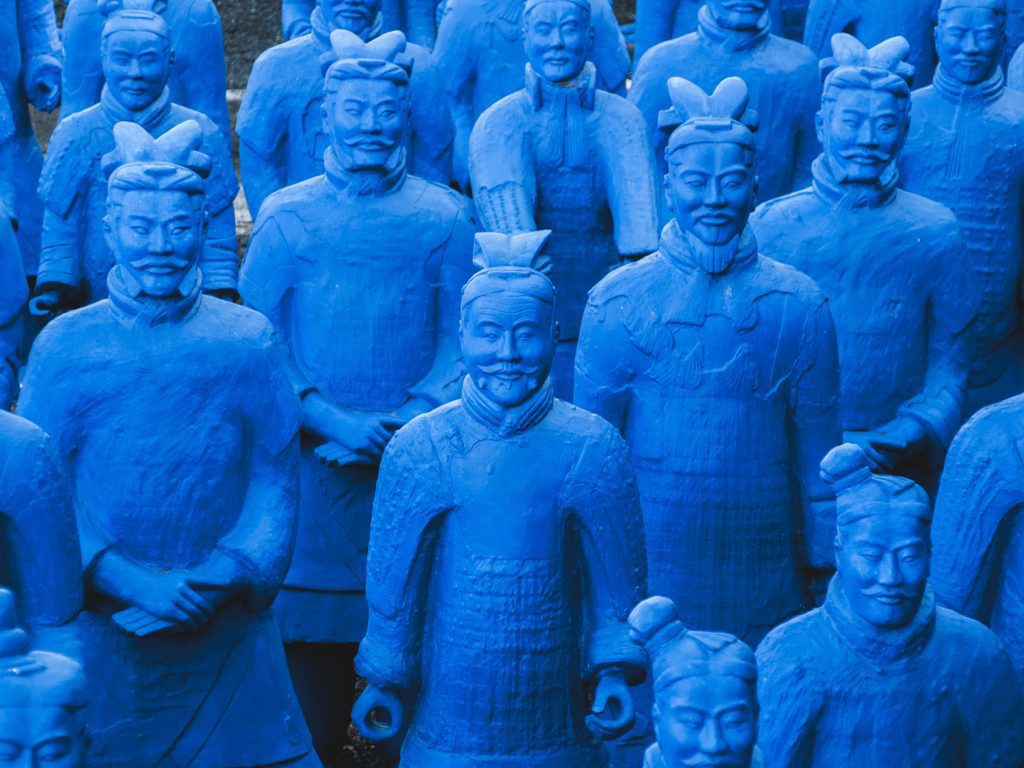3 Ways to Start Exploring Art History Today

When people discover that I offer online AP Art History and AP Art courses, they often wonder if I have anything that helps students get ready for those courses. And, for years the answer has been, no. This year, I’ve committed to creating some supports and courses (those are coming) to help students feel more prepared for AP courses. OR even, to help them further their knowledge of art and design even if they don’t want to take an AP Art course.
Whether you want to learn more about art history or become a better artist, a great first step is looking at art. The more we see things, the more we’re able to begin to make connections between the new things (aka art) that we’re seeing, and what we already know. For example, you might look at a painting and think to yourself, that reminds me of, (insert artists name), or that reminds me of ( insert place or art movement)
By looking at art, you can learn more about history and how art progressed. Simply by looking at the work and asking yourself the questions that art historians ask, can help you to learn.
-
How old is it?
-
What style is it?
-
What is the subject matter?
-
Who made it?
-
Who paid for it? ( normally they’re looking to determine who paid to have the work created, not who ended up buying it, however, that can also be interesting to uncover)
You may be wondering, what art should I look at? There isn’t one right answer to this question, but a great place to start is by exploring the 250 images that the College Board includes as part of the AP Art History course description. You can find them all here. I know, looking at 25o images might seem overwhelming, remember, you don’t need to learn all of them at once, this is just a warm up.
3 ways to use the images to explore and learn.
- Look through the images and put a star by those that you love and a checkmark by those that you really don’t like. Then take some time to write down what do the pieces that you like have in common. What do the pieces that you don’t like have in common? Do some further research around some of the common themes that you uncover.
- Look at the ones that you starred and spend time each day sketching one of the images. As you work to recreate the piece it will cause you to pay better attention and begin to think about why the artist made the choices that they made while creating the work.
- Create flashcards using powerpoint of google slides and quiz yourself. I’ve already gotten you started with this one.